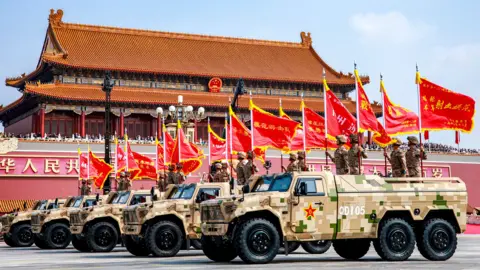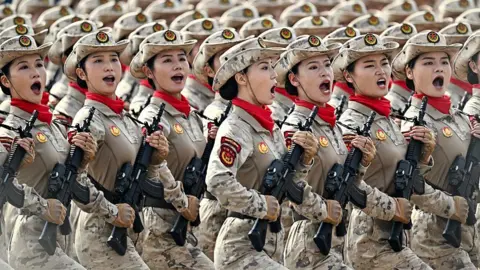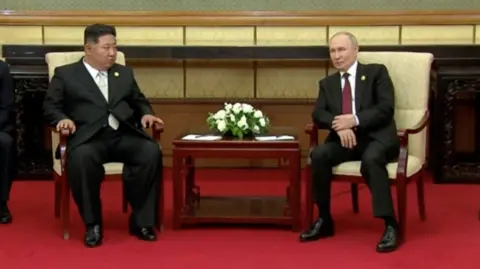In a surprising turn of events, China's economy has outperformed expectations, achieving a growth rate of 5.2% for the three months ending in June. This growth comes despite ongoing pressure from US President Donald Trump's impending tariffs and a significant downturn in the property sector. The latest official data surpasses the economists' forecast of 5.1%, although it represents a decline from the previous quarter's performance.
China’s resilience stems from proactive measures undertaken by the government to bolster the economy, alongside a tentative trade truce with the United States. "The economy has withstood pressure and demonstrated consistent improvement in the face of challenges," stated the National Bureau of Statistics.
Significant contributions to this growth can be attributed to a 6.4% expansion in the manufacturing sector, driven by rising demands for emerging technologies such as 3D printing machines, electric vehicles, and industrial robotics. Additionally, improvements have been noted within the services sector encompassing transport, finance, and technology segments.
However, retail sales have shown signs of weakness, with growth slowing to 4.8% compared to 6.4% the previous month. Concurrently, new housing prices have plummeted at their steepest monthly decline in eight months, indicating persistent struggles within the real estate market despite ongoing governmental support measures.
Contrary to previous predictions, analysts have noted that the tariffs have caused less disruption to China's economic performance than anticipated. Gu Qingyang, an economist at the National University of Singapore, remarked on China’s "high resilience" and identified export boosts, as firms rush to ship products to avoid potential tariffs, as driving factors.
Looking ahead, the economic landscape appears less secure, with forecasts indicating a need for intensified government stimulus. Nevertheless, the government maintains an achievable target of 5% annual growth, though some experts express skepticism, predicting the possibility of lower outcomes. Dan Wang from Eurasia Group articulated concerns, suggesting the economy might defend a low floor of 4%, a level deemed politically acceptable.
As trade negotiations continue between the US and China—with a crucial deadline set for August 12—both nations are navigating a complex web of tariffs. From the imposition of significant levies on each other’s imports to pressures on allied countries, the international business climate remains deeply intertwined and turbulent.
China’s resilience stems from proactive measures undertaken by the government to bolster the economy, alongside a tentative trade truce with the United States. "The economy has withstood pressure and demonstrated consistent improvement in the face of challenges," stated the National Bureau of Statistics.
Significant contributions to this growth can be attributed to a 6.4% expansion in the manufacturing sector, driven by rising demands for emerging technologies such as 3D printing machines, electric vehicles, and industrial robotics. Additionally, improvements have been noted within the services sector encompassing transport, finance, and technology segments.
However, retail sales have shown signs of weakness, with growth slowing to 4.8% compared to 6.4% the previous month. Concurrently, new housing prices have plummeted at their steepest monthly decline in eight months, indicating persistent struggles within the real estate market despite ongoing governmental support measures.
Contrary to previous predictions, analysts have noted that the tariffs have caused less disruption to China's economic performance than anticipated. Gu Qingyang, an economist at the National University of Singapore, remarked on China’s "high resilience" and identified export boosts, as firms rush to ship products to avoid potential tariffs, as driving factors.
Looking ahead, the economic landscape appears less secure, with forecasts indicating a need for intensified government stimulus. Nevertheless, the government maintains an achievable target of 5% annual growth, though some experts express skepticism, predicting the possibility of lower outcomes. Dan Wang from Eurasia Group articulated concerns, suggesting the economy might defend a low floor of 4%, a level deemed politically acceptable.
As trade negotiations continue between the US and China—with a crucial deadline set for August 12—both nations are navigating a complex web of tariffs. From the imposition of significant levies on each other’s imports to pressures on allied countries, the international business climate remains deeply intertwined and turbulent.





















